Hellma Analytics 3in1 FLOW-THROUGH CUVETTE User manual









Table of contents
Popular Laboratory Equipment manuals by other brands
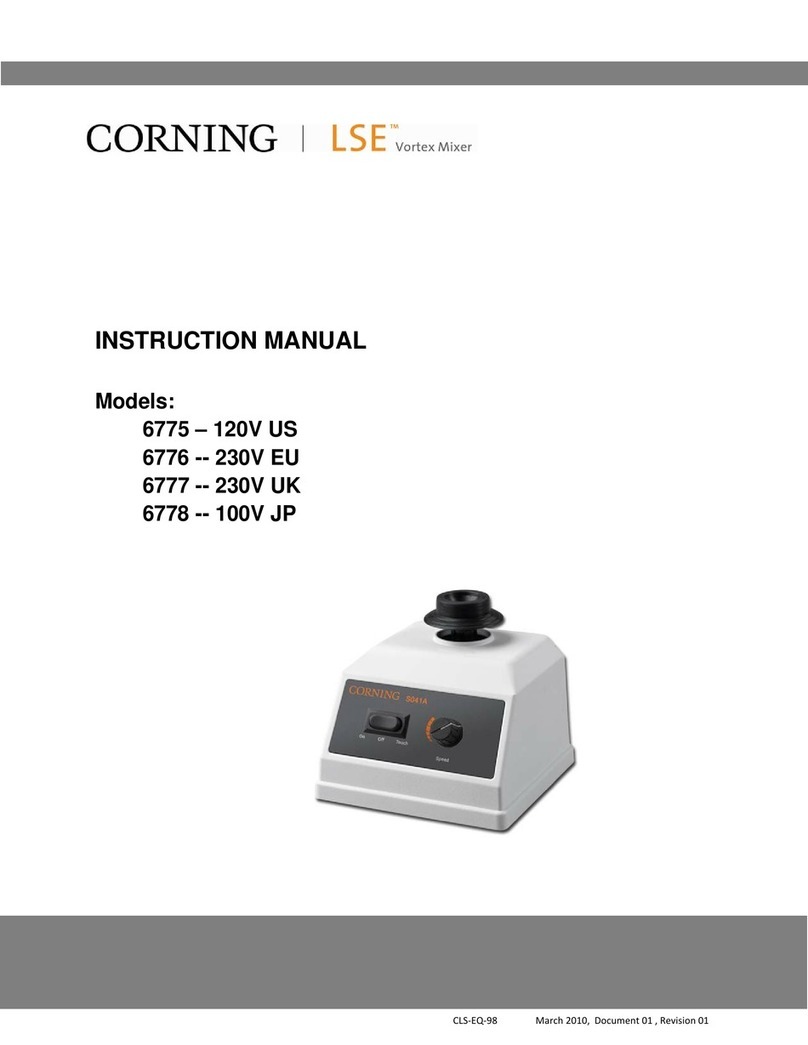
CORNING
CORNING LSE 6775 - 120V US instruction manual

Omni International
Omni International GLH 850 user manual
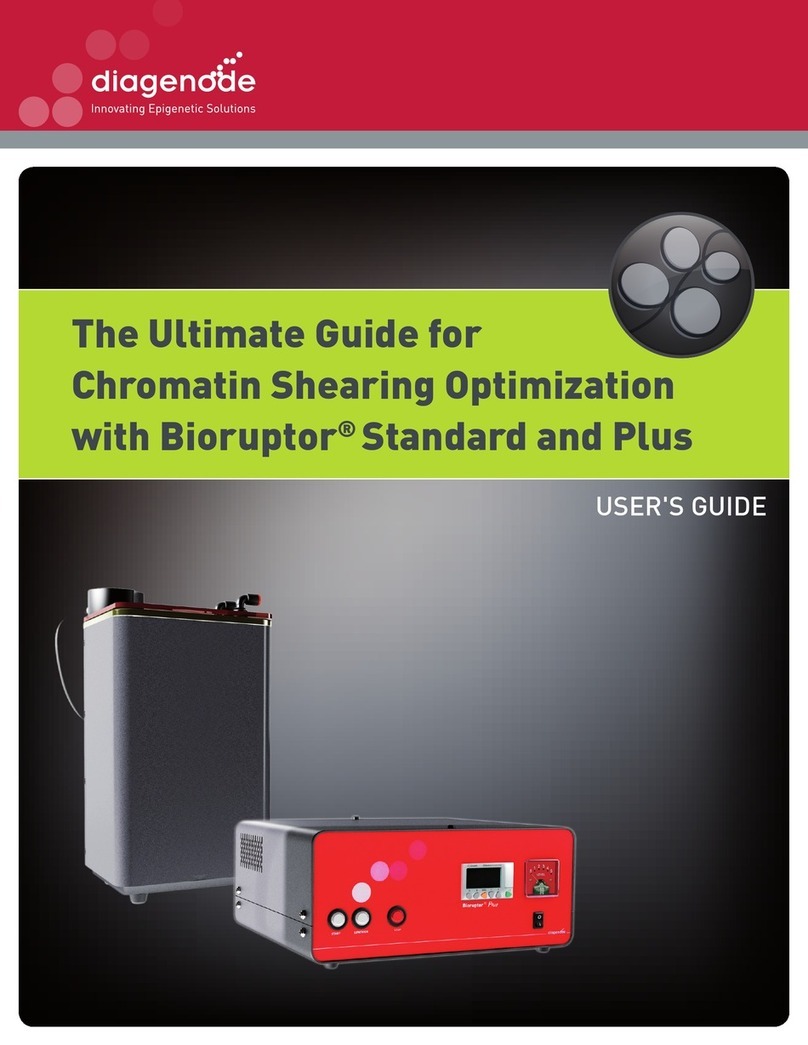
diagenode
diagenode Bioruptor Standard user guide

Thermo Hybaid
Thermo Hybaid PX2 User instruction manual

Bibby Sterilin
Bibby Sterilin Techne TECAL 700XS Operator's manual
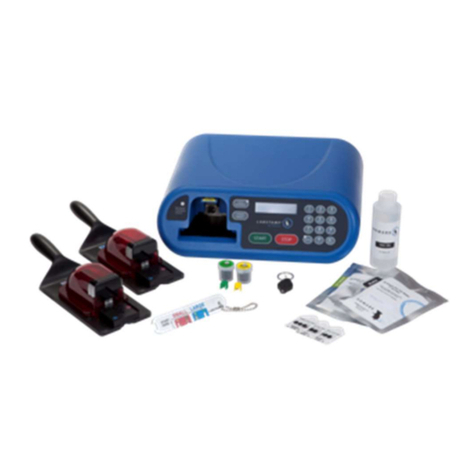
Somark
Somark LABSTAMP user guide
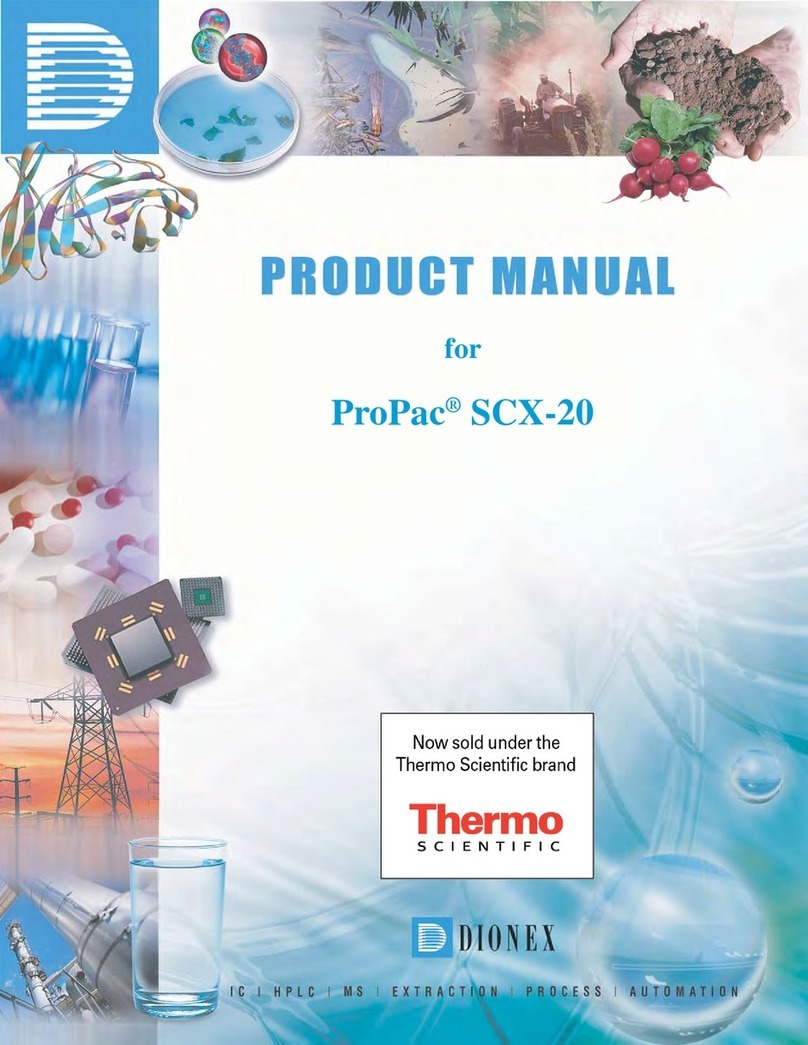
Thermo Scientific
Thermo Scientific ProPac SCX-20 product manual
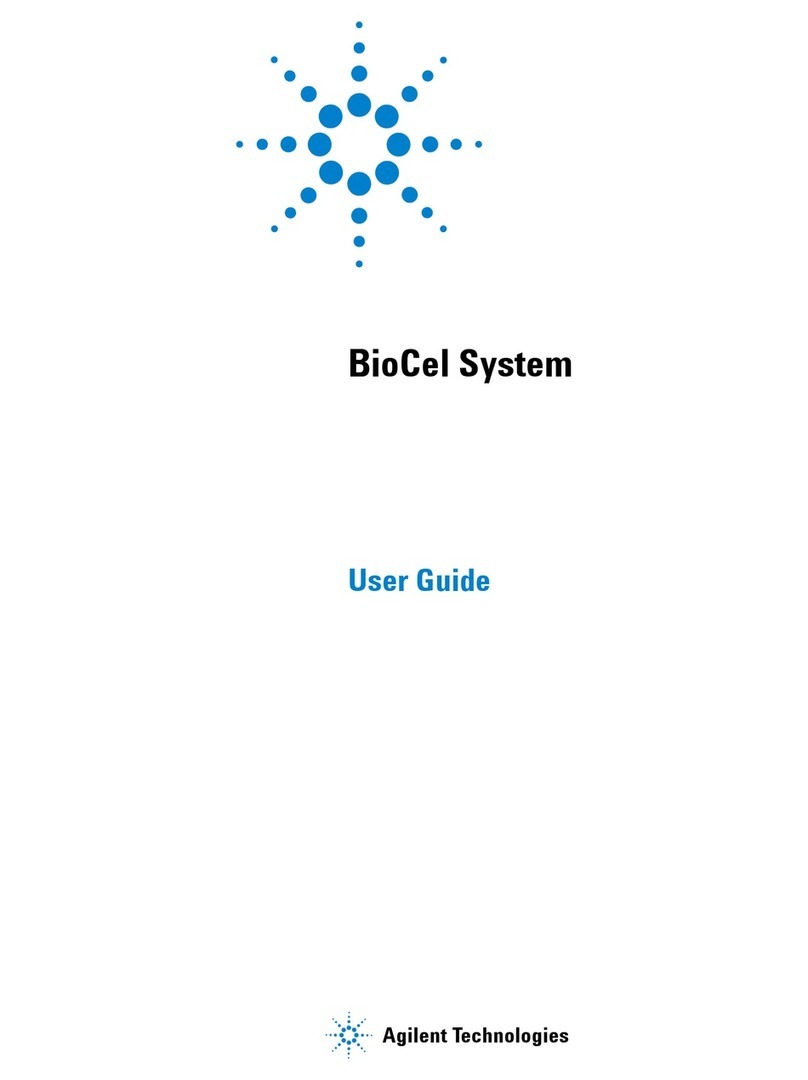
Agilent Technologies
Agilent Technologies BioCel 1200 user guide
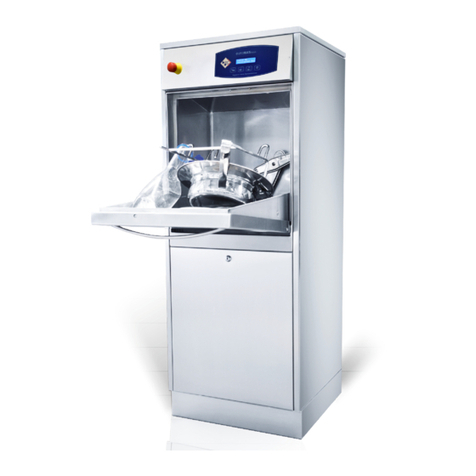
bg edelstahl
bg edelstahl euroMAT basic operating manual
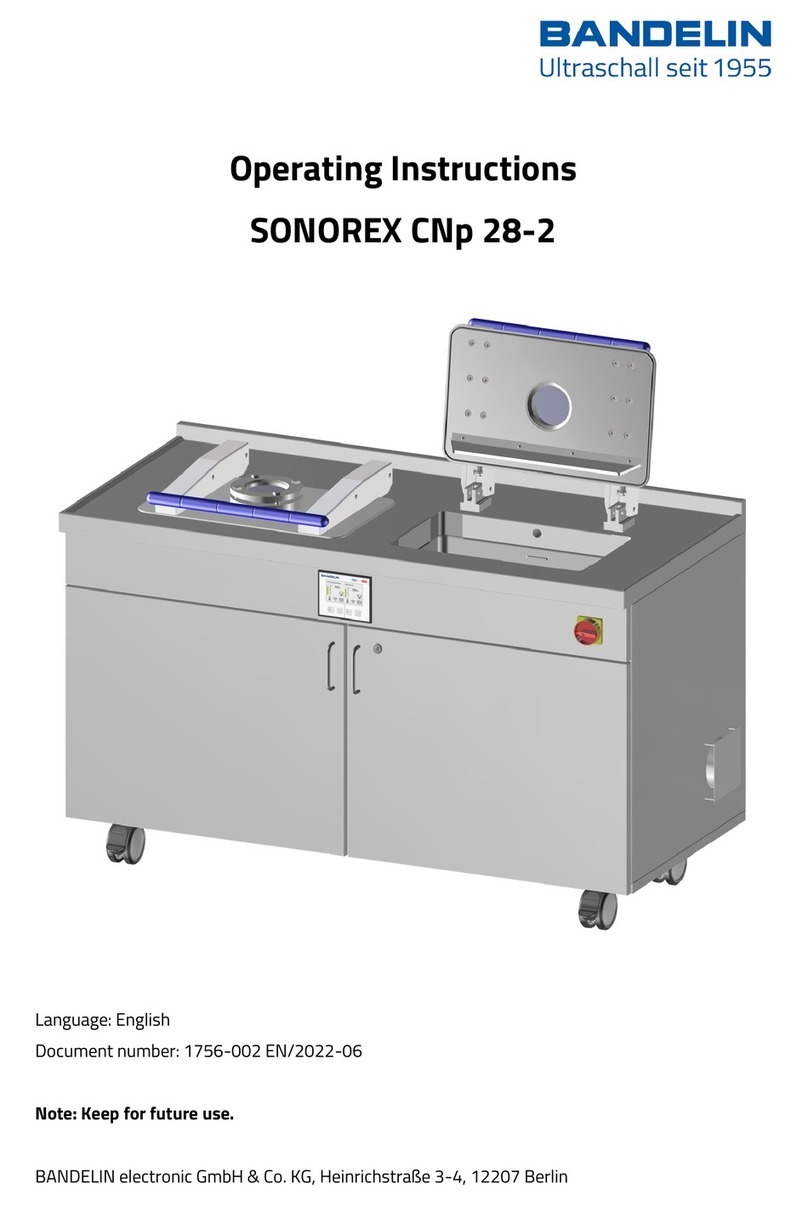
BANDELIN
BANDELIN SONOREX CNp 28-2 operating instructions
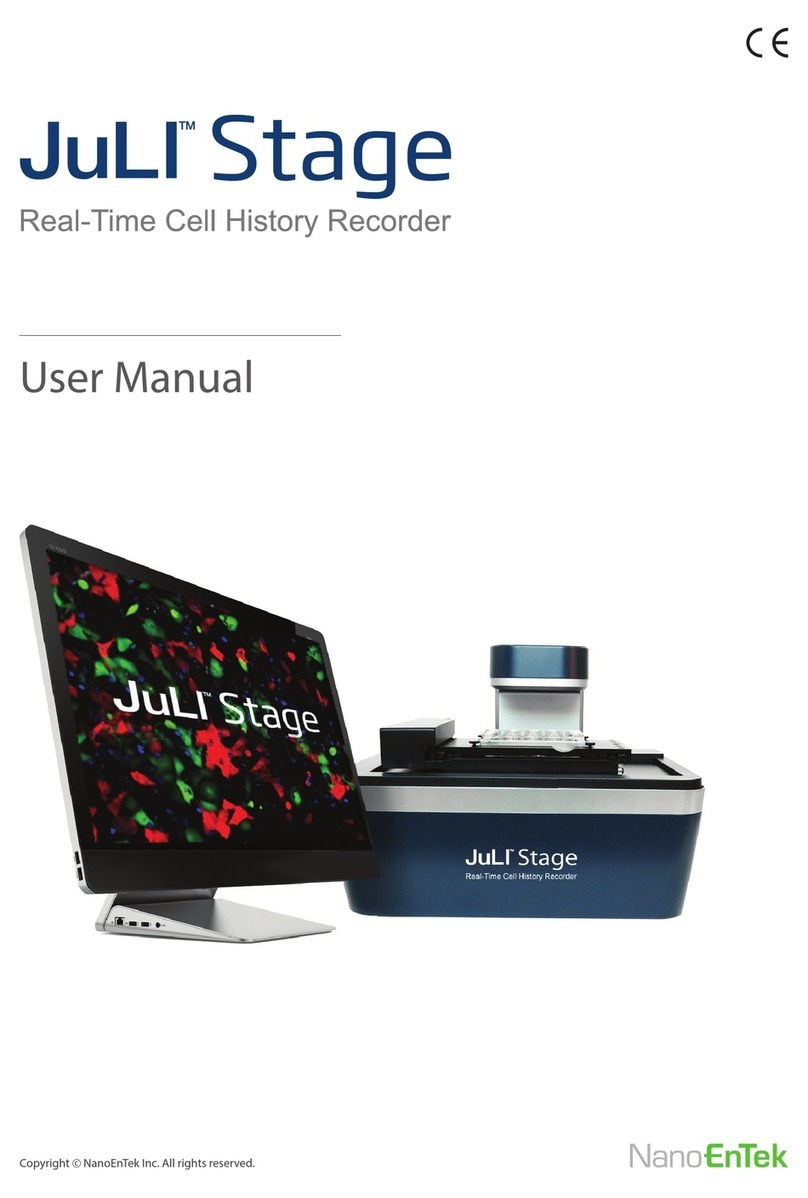
NanoEnTek
NanoEnTek JuLi Stage user manual
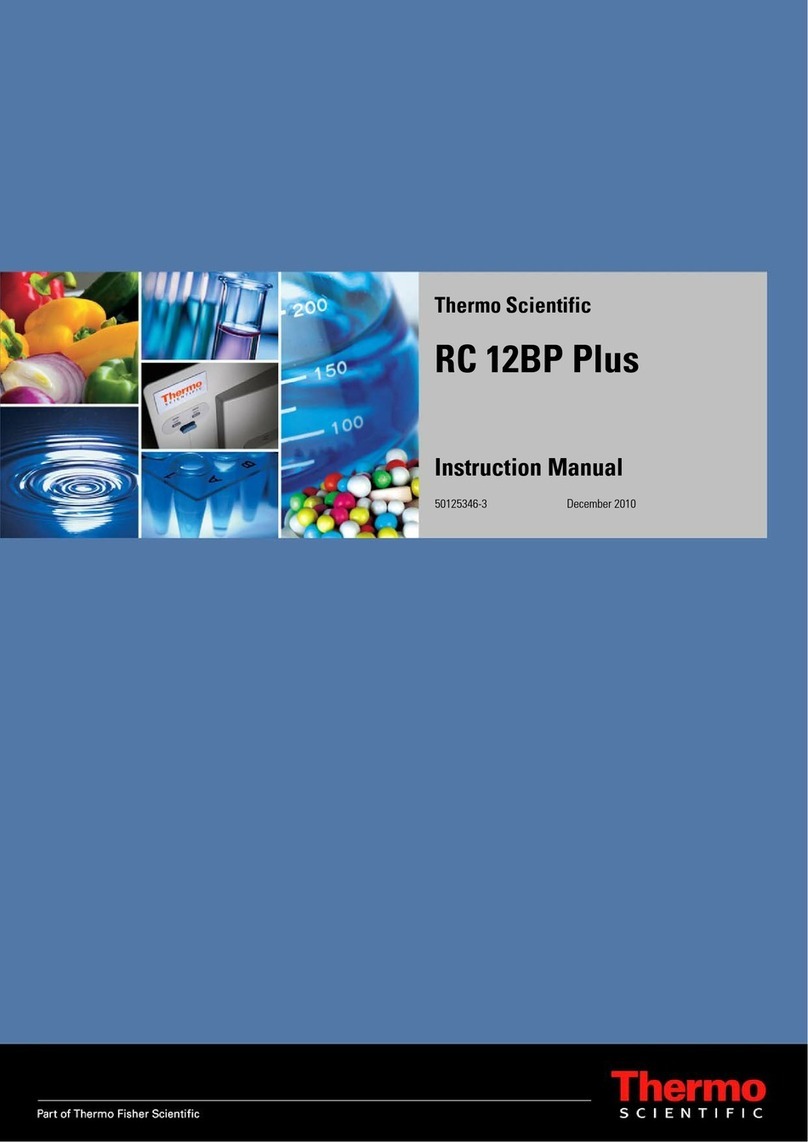
Thermo Scientific
Thermo Scientific RC 12BP Plus instruction manual
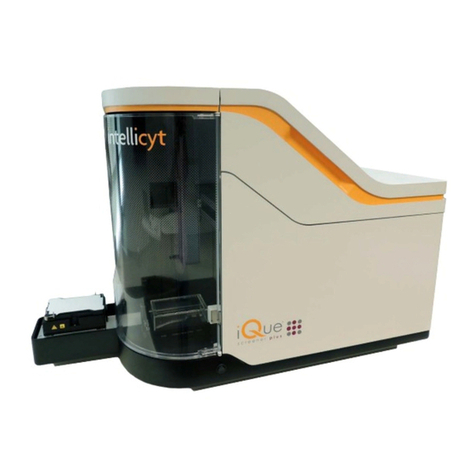
INTELLICYT
INTELLICYT iQue Screener PLUS Hardware manual
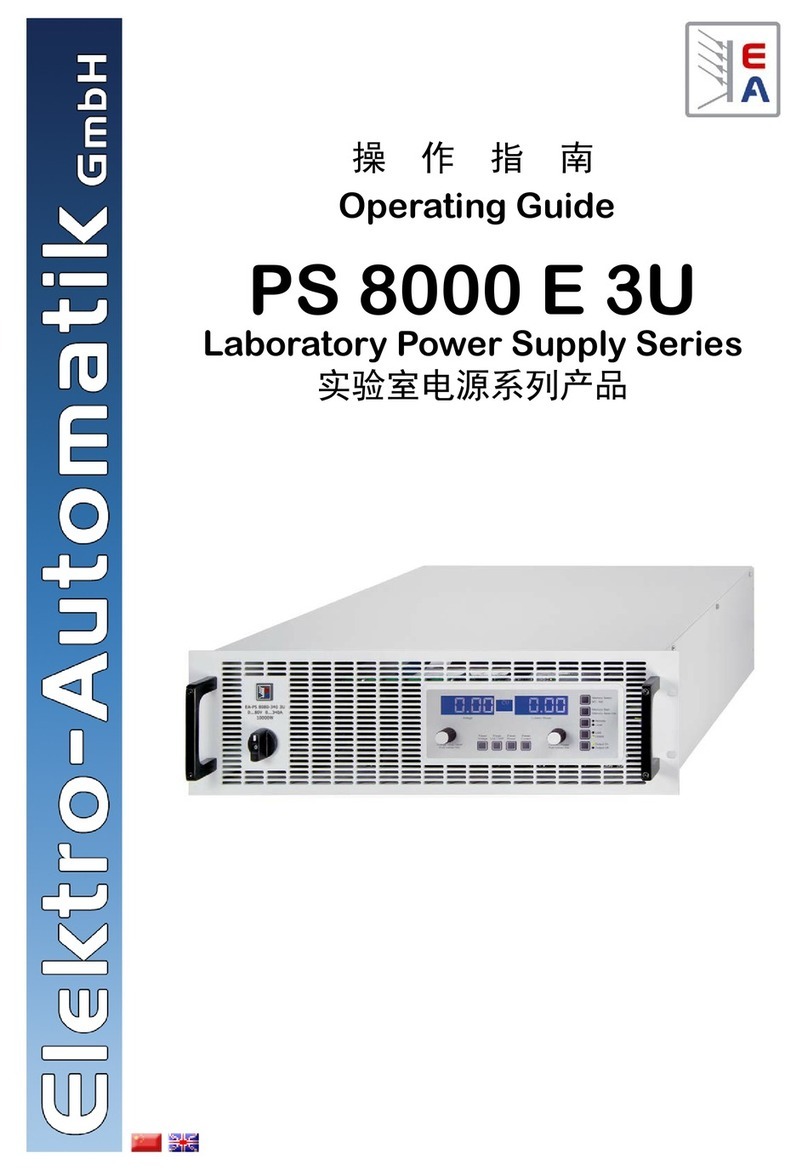
Elektro-Automatik
Elektro-Automatik PS 8000 E 3U Series operating guide
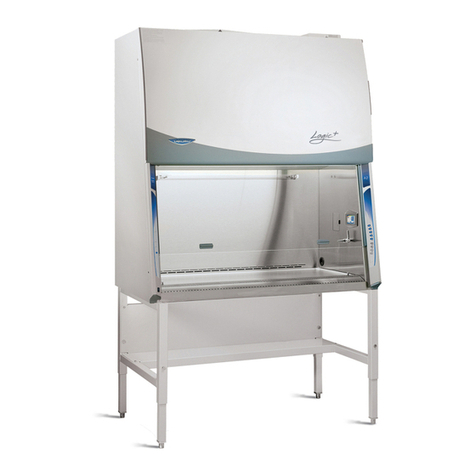
Labconco
Labconco Purifier Logic+ 30132 Technical Manual and Specifications
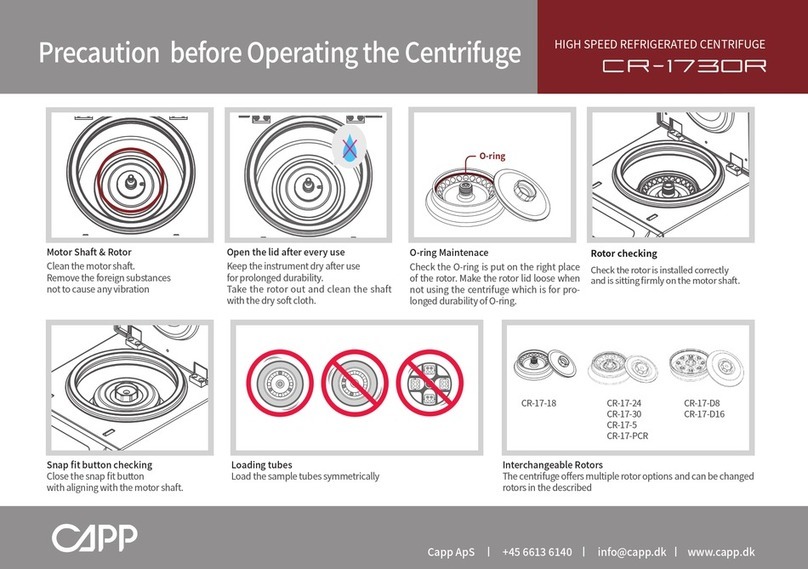
CAPP
CAPP CR-1730R quick guide
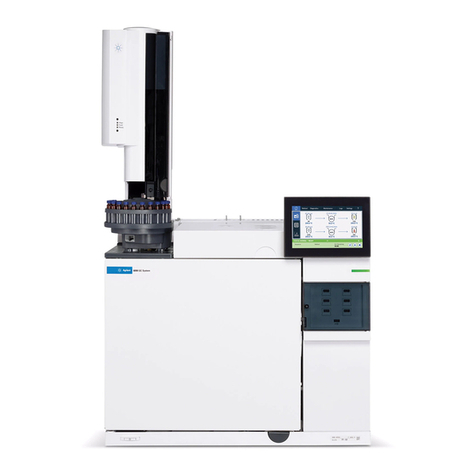
Agilent Technologies
Agilent Technologies 8890 Operation manual
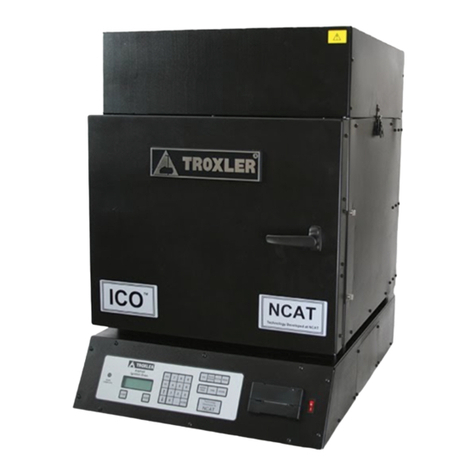
Troxler
Troxler ICO 4740 Manual of Operation and Instruction